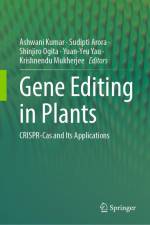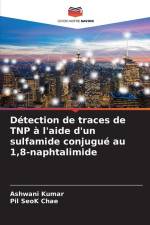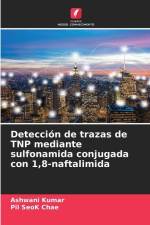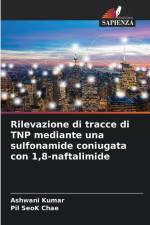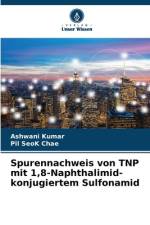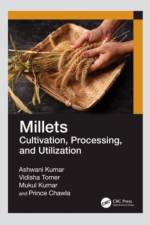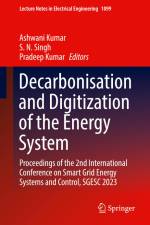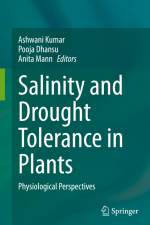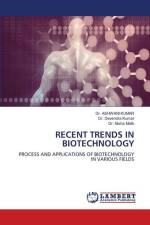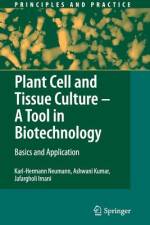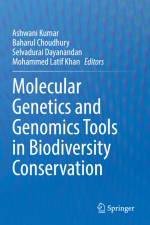von Ashwani Kumar
19,00 €
TNP (2,4,6-trinitrofenol) - nazwanie po IJuPAK pikrinowoj kisloty, horosho rastworimoj w wode i bolee wzrywchatoj po swoej prirode, chem trotil. Primenqlsq w Perwoj mirowoj wojne i do nee, naprimer, w Russko-qponskoj wojne, bitwe pri Omdurmane, Vtoroj burskoj wojne i t.d. Ego shirokoe primenenie w kachestwe antiseptika dlq lecheniq gerpesa, ospy, ozhogow, malqrii, w krasil'noj promyshlennosti i w himicheskih laboratoriqh sozdaet znachitel'nuü ugrozu bezopasnosti okruzhaüschej sredy. Postuplenie TNP w organizm cheloweka wyzywaet rqd problem, takih kak razdrazhenie glaz i kozhi, narushenie raboty pecheni, problemy s mochewydelitel'noj, zheludochno-kishechnoj, dyhatel'noj sistemami, a takzhe hronicheskie zabolewaniq, takie kak anemiq, cianoz i rak. 2-Amino-4,6-dinitrofenol, qwlqüschijsq metabolitom TNP, sam po sebe w 10 raz bolee mutagenen, chem TNP. Poätomu neobhodimo razrabotat' datchiki TNP dlq zaschity okruzhaüschej sredy i bezopasnosti razlichnyh whodnyh portalow, takih kak: aäroporty, zheleznodorozhnye/awtobusnye wokzaly, turisticheskie mesta, torgowye centry i drugie obschestwennye mesta.

